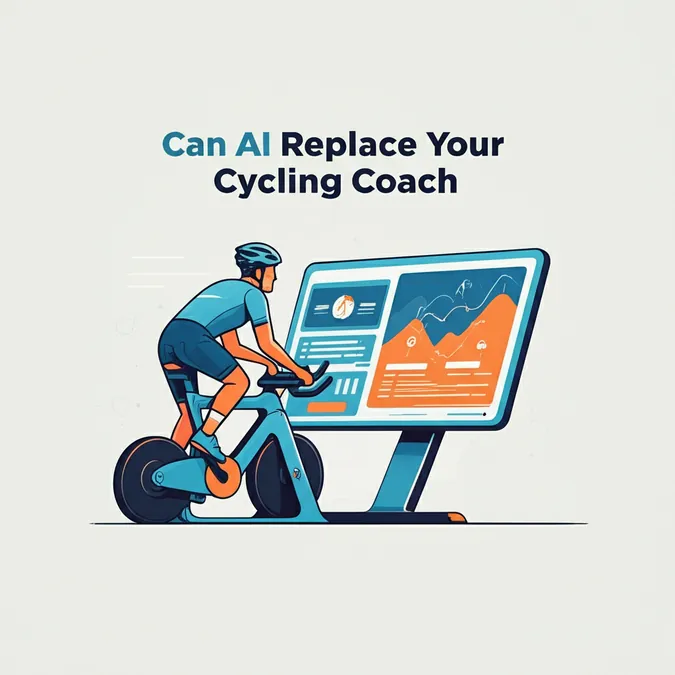Developer Offer
Try ImaginePro API with 50 Free Credits
Build and ship AI-powered visuals with Midjourney, Flux, and more — free credits refresh every month.
ChatGPT Safety And The Future Of Responsible AI
The rapid evolution of generative AI, spearheaded by models like OpenAI's ChatGPT, has brought about a paradigm shift in technology. However, with great power comes great responsibility. As these tools become more integrated into our daily lives, the conversation around their safety, ethical implications, and responsible use has never been more critical. OpenAI has been actively implementing new measures to address these concerns, but the path to truly responsible AI is a complex journey fraught with challenges.
OpenAI's Proactive Approach to AI Safety
Recognizing the potential for misuse, OpenAI has committed to a safety-first approach in the development of its models. This involves a multi-layered strategy aimed at minimizing harmful outputs and ensuring the AI operates within ethical boundaries. The process begins long before a model is released to the public, with extensive internal testing and 'red teaming' exercises where experts actively try to break the safety protocols to identify vulnerabilities. This iterative process of feedback and refinement is crucial for building more robust and reliable systems.
A Closer Look at New Safety Measures
OpenAI has rolled out several specific safety features to govern ChatGPT's behavior. These include more sophisticated content filters designed to detect and block requests for generating hate speech, violent content, or instructions for illegal activities. The models are also being trained to refuse to answer questions that could lead to real-world harm. Furthermore, there is ongoing research into techniques like 'constitutional AI,' where the model is guided by a set of core principles to make safer judgments. These technical guardrails are essential for preventing the most obvious forms of misuse.
Lingering Concerns and the Challenge of Nuance
Despite these advancements, significant concerns remain. One of the primary challenges is the inherent bias present in the vast datasets used to train these models. These biases can inadvertently lead to skewed or unfair outputs. Another major issue is the potential for AI to be used in creating sophisticated disinformation campaigns or personalized phishing attacks that are difficult to detect. The 'black box' nature of these complex models also makes it hard to understand their decision-making process fully, creating challenges for accountability when things go wrong.
The Broader Conversation on Responsible AI
The responsibility for safe AI does not rest solely on the shoulders of companies like OpenAI. It requires a collective effort from policymakers, academics, and the public. Governments worldwide are beginning to draft regulations to oversee AI development, aiming to strike a balance between fostering innovation and protecting citizens. This global dialogue is essential for establishing standards for transparency, accountability, and the ethical deployment of AI technologies across all sectors.
The Path Forward Balancing Progress with Precaution
The journey toward safe and responsible AI is ongoing. It involves continuous technological improvement, robust regulatory frameworks, and a sustained public conversation about the kind of future we want to build with these powerful tools. While ChatGPT's new safety measures are a positive step, they also highlight the complexity of the task ahead. Vigilance, collaboration, and a deep commitment to ethical principles will be paramount as we navigate the evolving landscape of artificial intelligence.
Compare Plans & Pricing
Find the plan that matches your workload and unlock full access to ImaginePro.
| Plan | Price | Highlights |
|---|---|---|
| Standard | $8 / month |
|
| Premium | $20 / month |
|
Need custom terms? Talk to us to tailor credits, rate limits, or deployment options.
View All Pricing Details

